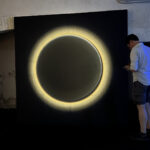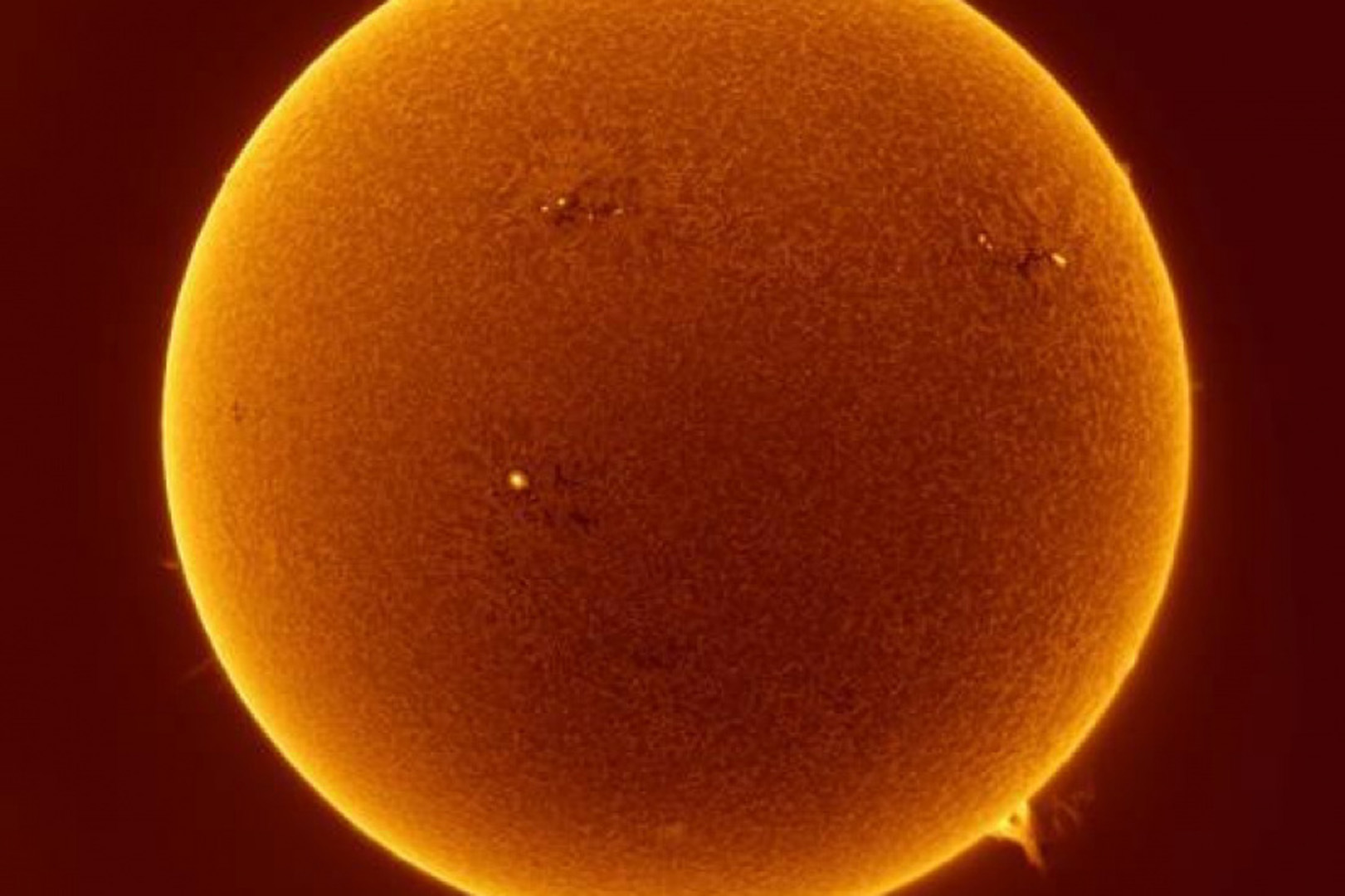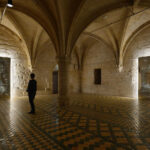“Khépri, sortir au jour” by Félicie d’Estienne d’Orves
Title:
- Khépri, sortir au jour
Artist(s) and People Involved:
Exhibiting Artist(s):
Symposium:
- ISEA2023: 28th International Symposium on Electronic Art
-
More artworks from ISEA2023:


Venue(s):
Artist Statement:
Apr 2 – Sep 3
On the occasion of her new exhibition at the Maubuisson Abbey, Félicie d’Estienne d’Orves narrates in her own way the intersecting destinies of man and the cosmos. Most notably inspired by ancient Egyptian stories on immortality and the nocturnal journey of the solar god Ra on his boat, she invites the spectators on a poetic and metaphysical trip to the land of shadows and reborn light.
Through mirrors and sculptures in which light plays a predominant role, the artist questions the deep fields of space and time. She questions humanity’s relation to the beyond through the cycle of matter within the universe, the birth and death of stars. Félicie d’Estienne d’Orves provides enough to make us dream as well as meditate : of which distant dreams are we the memory ?
Text by Olivier Schefer, writer and philosopher
Between art, astrophysics and mythology, Félicie d’Estienne d’Orves did not want to make a choice. From his many loves was born the exhibition Khépri, going out to the day, which we discover after a trip by RER C to the Abbey of Maubuisson. The art center of 95, through its spiritual past, is charged with a particular energy which gives the cosmic works of the visual artist another dimension.
An invitation to silence, the exhibition alternates spectacular installations, luminous sculptures and colorful paintings to explore the relationship between Man and the cosmos. While the first space invites us to follow the course of the Sun from Mars, a gigantic reproduction of an ultra-photogenic eclipse announces the penumbra and reveals the masterpieces of this exhibition: three Nekromanteion which make the room of the Nuns shine. These large luminous mirrors are transformed into openings on the world which reflect each other indefinitely, revealing dark nebulae. What the scientific world has long taken for black holes actually hides the birth of stars, and it is tirelessly that we watch them come into the world and then die out, to the rhythm of a sound installation by Marc Billon.
Nothing escapes in the end, and we poor mortals are made of the same stuff as the stars. A link highlighted in the last spaces of the exhibition which also question renewal. When a star explodes, a whole universe is created. What happens when it’s our turn to shut down?
_Zoé Kennedylundi in Time Out Paris (17.07.2023)
Additional Images:
Video:
Category:
All Works by the Artist(s) in This Archive:
- Félicie d’Estienne d’Orves

Light Standard
[ ISEA2017]
Eclipse II
[ ISEA2022]
Khépri, sortir au jour
[ ISEA2023]






